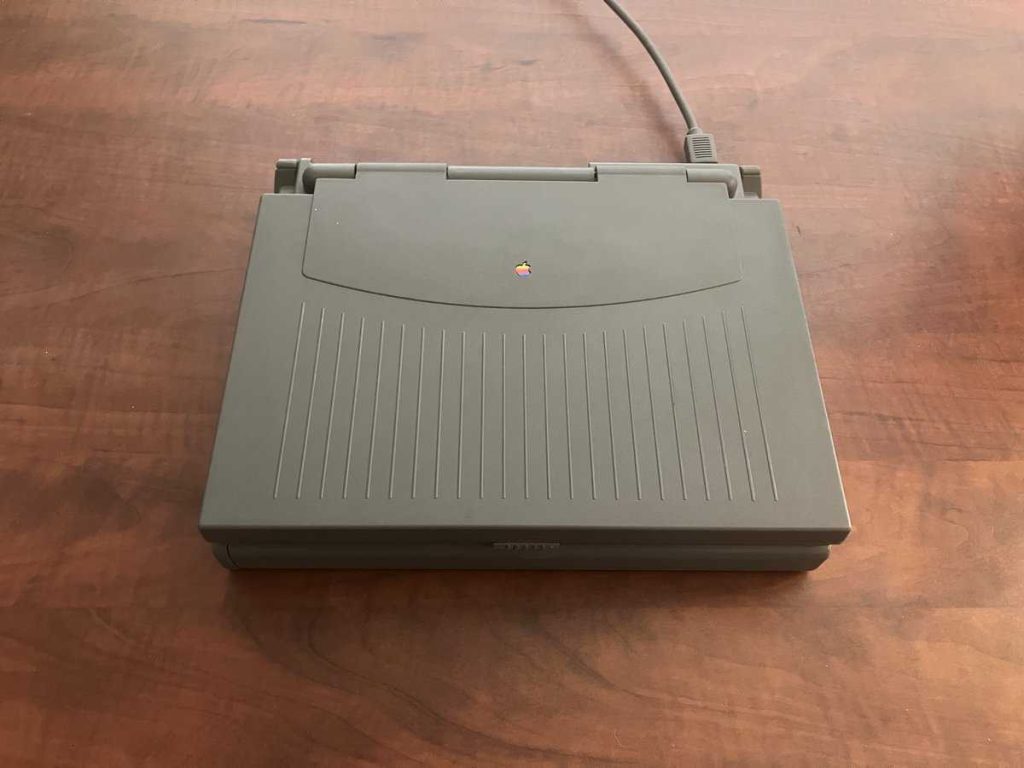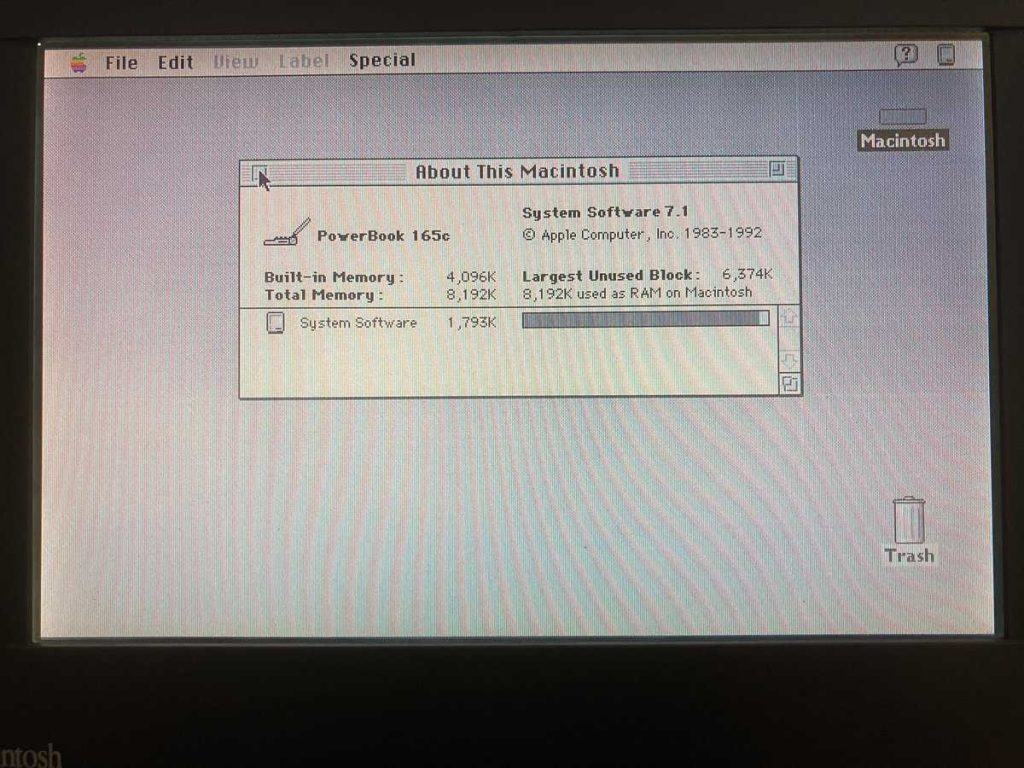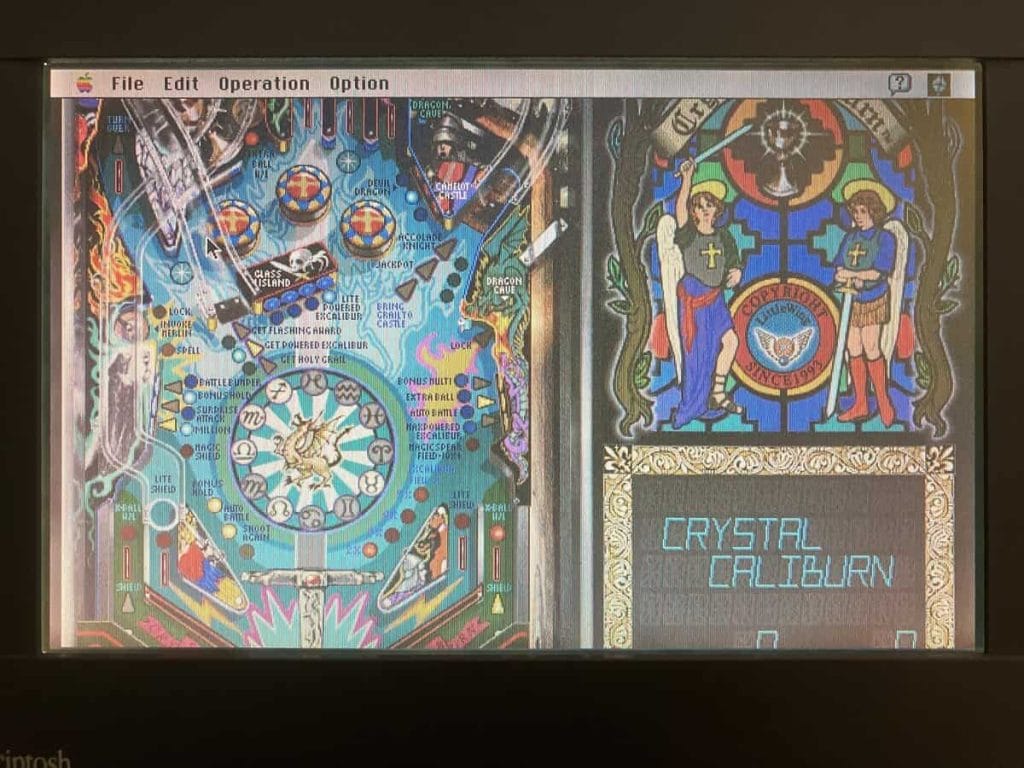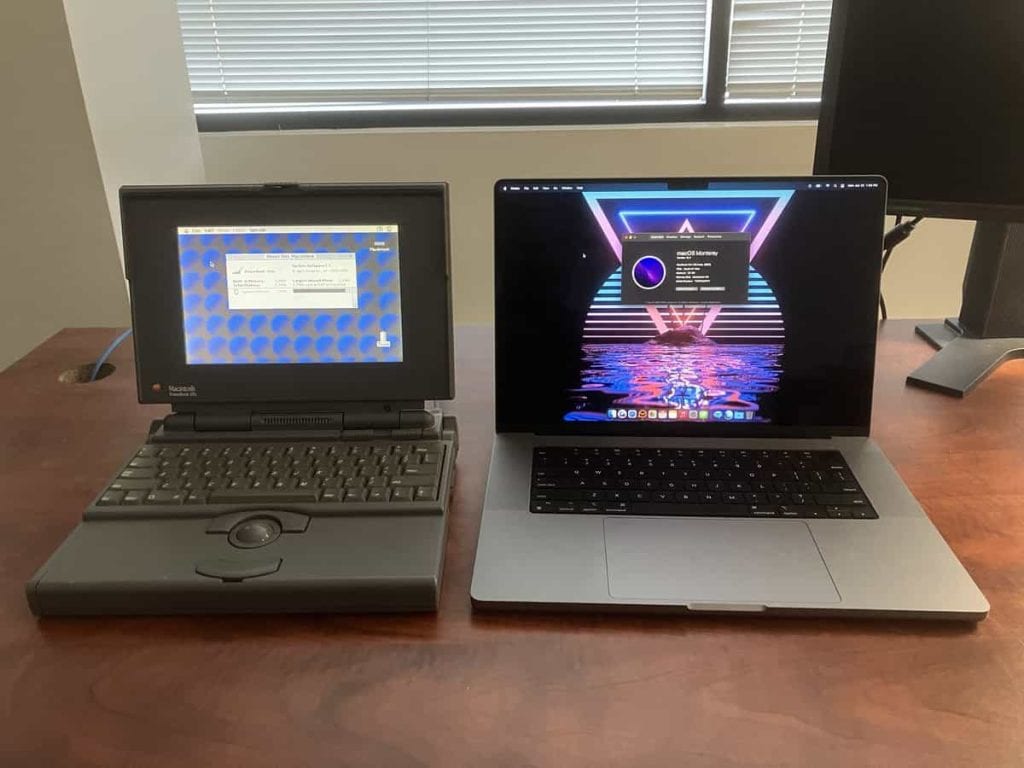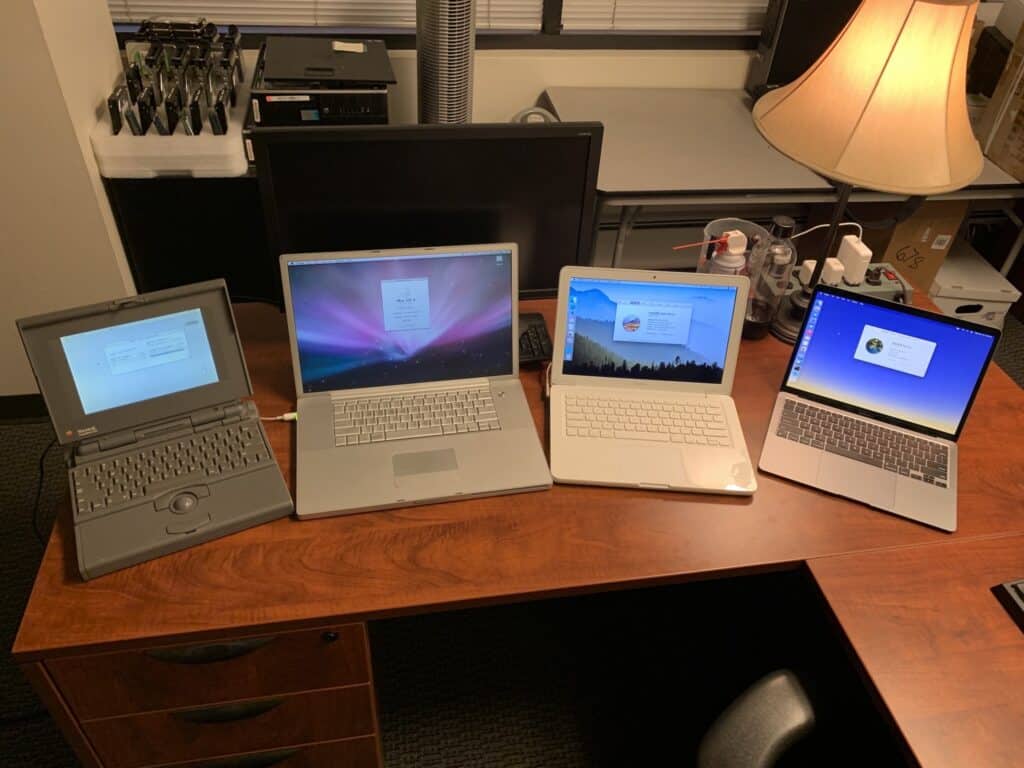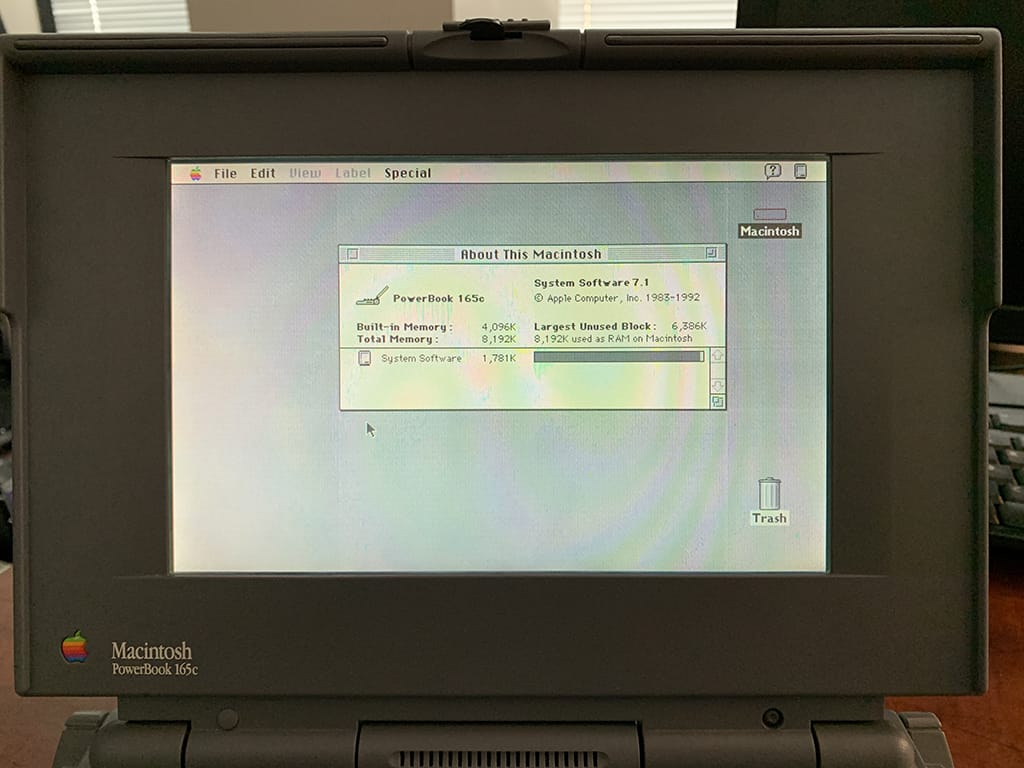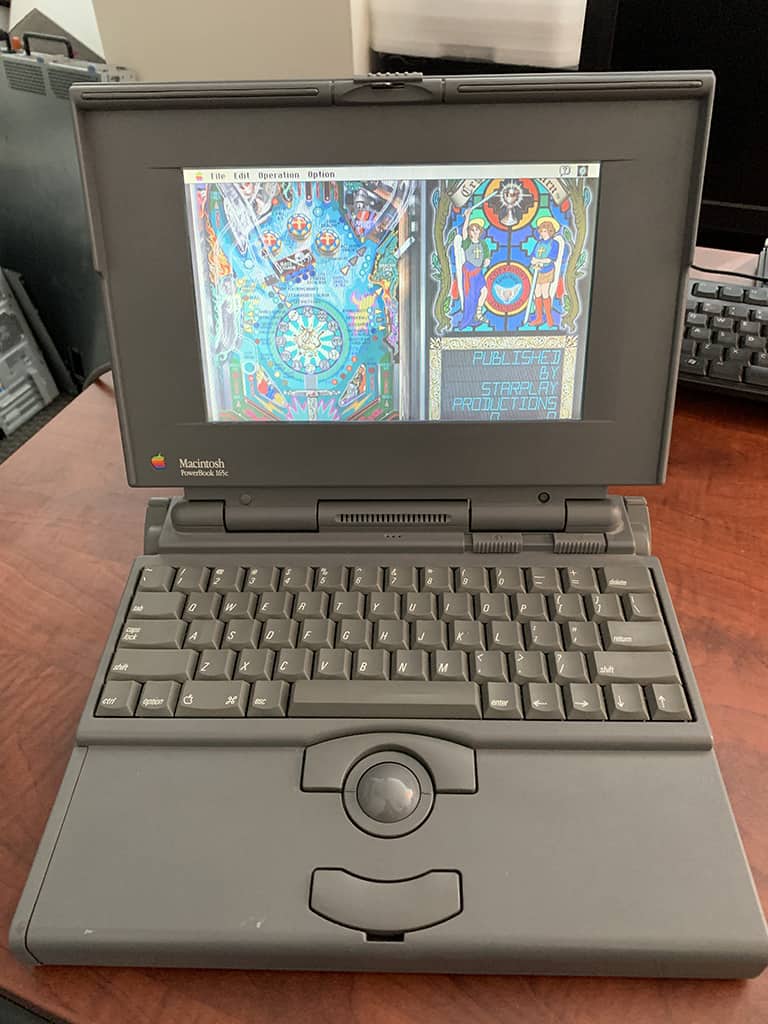For the sheer Back-To-The-Future-Ness of it, I’ve spent some time over the last few days working out how to get 20th century analog to work with 21st century digital.
See, back in the 80’s and 90’s pretty much everything was analog – especially the way we talked to other people. Radio, TV, the telephone, and even our computer modems used analog signals. But these days there’s pretty much no such thing as analog anything, let alone a phone line, which makes using a 90’s modem a bit of an exercise in haxx0ring reality…
For example, here at work my phone system uses a VOIP-based digital PBX to route calls around internally, and both the phones and the voice transport are digital. If someone places a call outside the building, the call is routed over a fiber connection to CenturyLink using what is essentially a sub-channel of the several gigabit connection into the building. From there the call is routed over the Internet to some other provider before being converted back to analog voice at someone else’s phone.
This works great for people, who have limited perceptual acoustic capability, but modems use a lot more of the audible spectrum to do their thing… Which is what all of that electronic screeching is about when modems and fax machines connect to each other; they are working out how bad the phone line is and how much acoustic space they have to talk to each other.
So, given all of this I’ve been teaching my PBX that analog isn’t a bad thing by working out a custom codec (basically an analog to digital sound converter) and some special rules for the timings and encapsulation used to turn modem screeching into 1s and 0s for the Internet.
And today I was successful in making an end-to-end modem connection to a friend’s BBS using ‘period’ hardware…
Said BBS has been running since 1992, I’ve had an account on it since 1993, and I still have hardware that I used in 1994 – so as something of a 30th anniversary thing I set my wayback machine to the early 90’s and made a phone call.
To do this took a surprising amount of work…
First, I had to get my circa 1994 Powerbook 165c working, which required replacing some capacitors in the backlight assembly. Then I had to bodge a serial cable that converted from 1994 Apple 8-pin to regular 25-pin. Then I had to get a decent BBS terminal application onto the 165c.
This software installation required two additional computers of various ages and several operating systems to move data from the present-day internet back in time to 1994…
See, the 165c uses antiquated file systems based on what density and how many sides the 3.5″ floppy you stuck in it happens to have – while my M1 Max laptop has no idea what a floppy is, let alone what MFS or HFS is.
So, the solution was to use my recently repaired G5 iMac as the intermediary, as it can read USB2 flash storage as well as operate a USB floppy drive, and it can still run OS9, which can read and write HFS on 1.44M floppies.
So the process is simple:
- on the M1 laptop go to an internet archive of ancient Motorola 68K Apple software
- download “Black Night” (an ancient ANSI BBS terminal application) as a .SIT (Stuffit) archive
- put that onto a USB2 flash drive via a thunderbolt-to-USB adapter
- plug USB2 flash drive into the G5
- move the stuffit archive to the desktop
- fire up the OS9 compatibility layer in OSX 10.3.6
- decompress the .SIT archive
- copy resultant installer to a floppy I formatted in the 165c
- put floppy into the 165c
- and install software.
See? Simple.
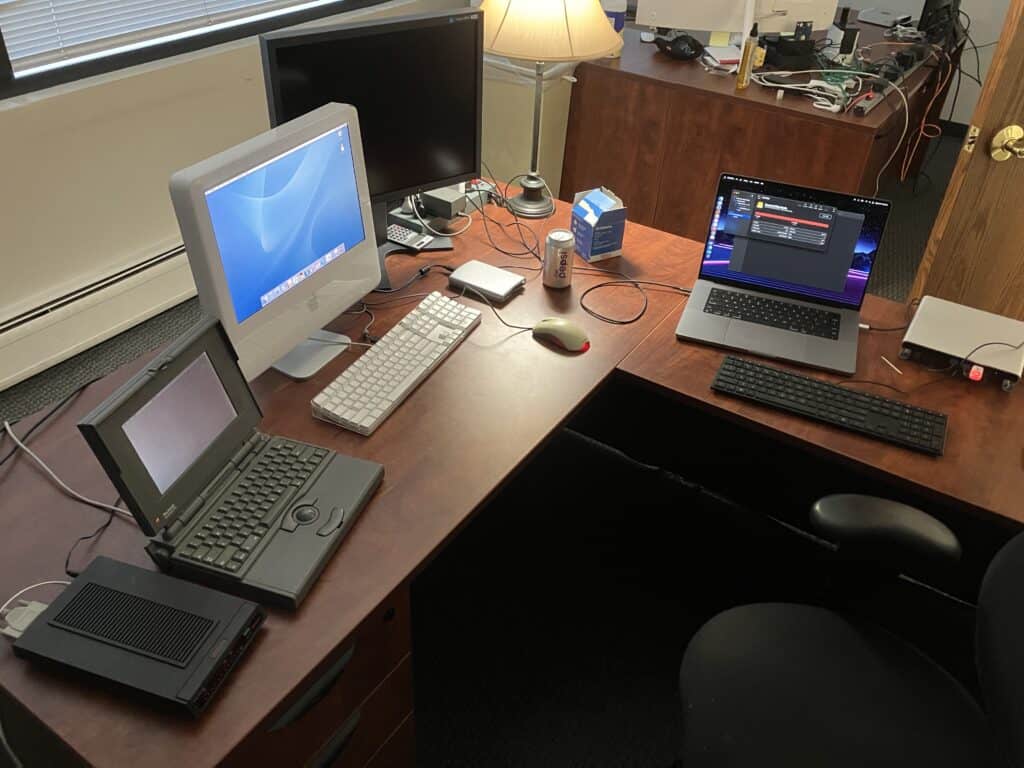
From here it was just a matter of configuring Black Night to use my old USR V.everything modem, which is using the DB-25 to Apple cable and the modified modem-friendly port on my PBX to call a BBS across town…
Pardon the HVAC noise in the background; my office has some impressive forced ventilation because I routinely let the magic smoke out of things as part of my day-to-day duties. 🙂
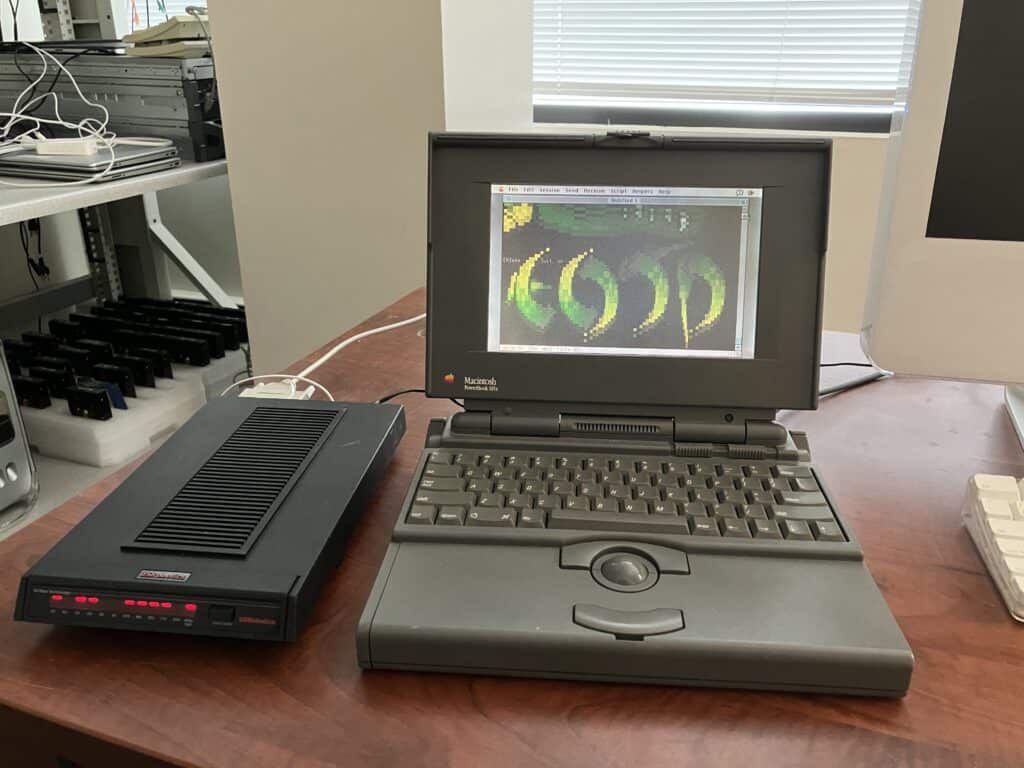
I’d not been on EOTD in a couple of years, so it took some time to catch up on my ‘e-mail’ and the forums, but it’s nice to see that the system still gets some use… I replied to a bunch of folks going back a year or so, and now I’ll wait to see how long it takes to get a reply. 🙂
Listening to "When You Grow Up, Your Heart Dies" by Gunship
